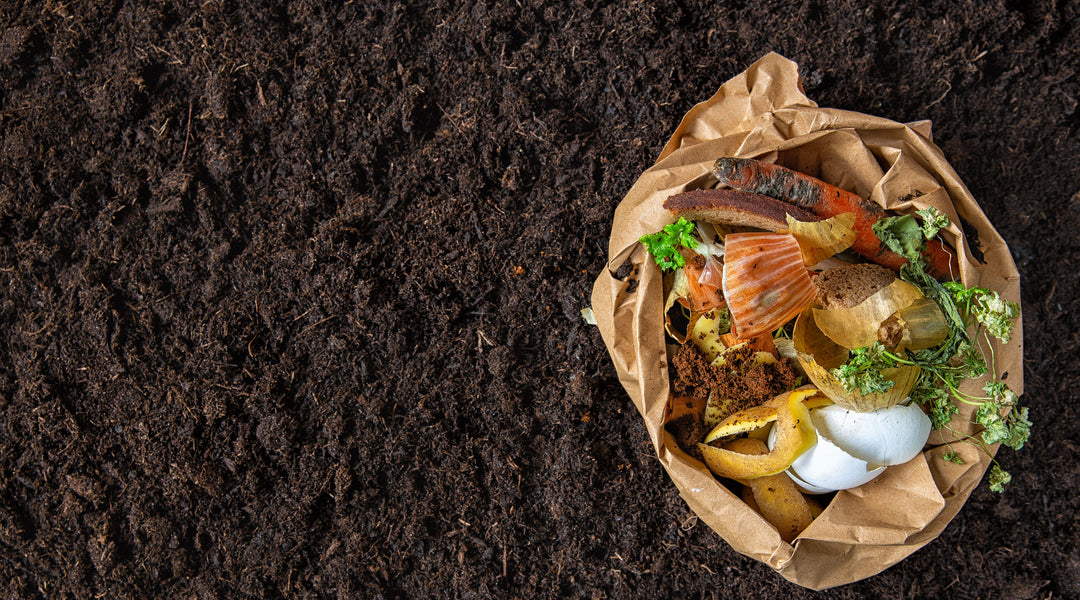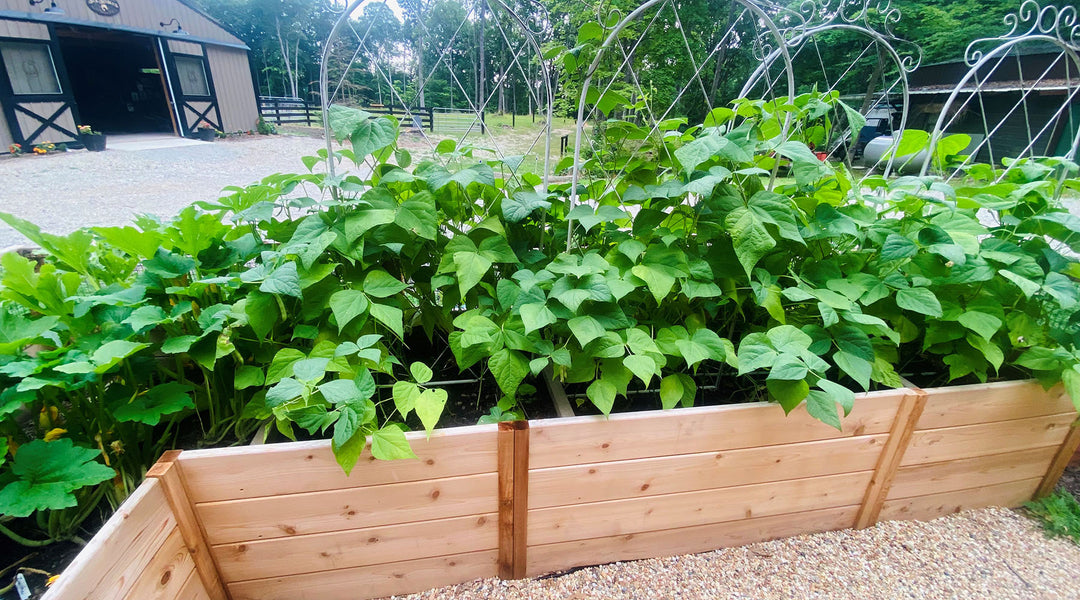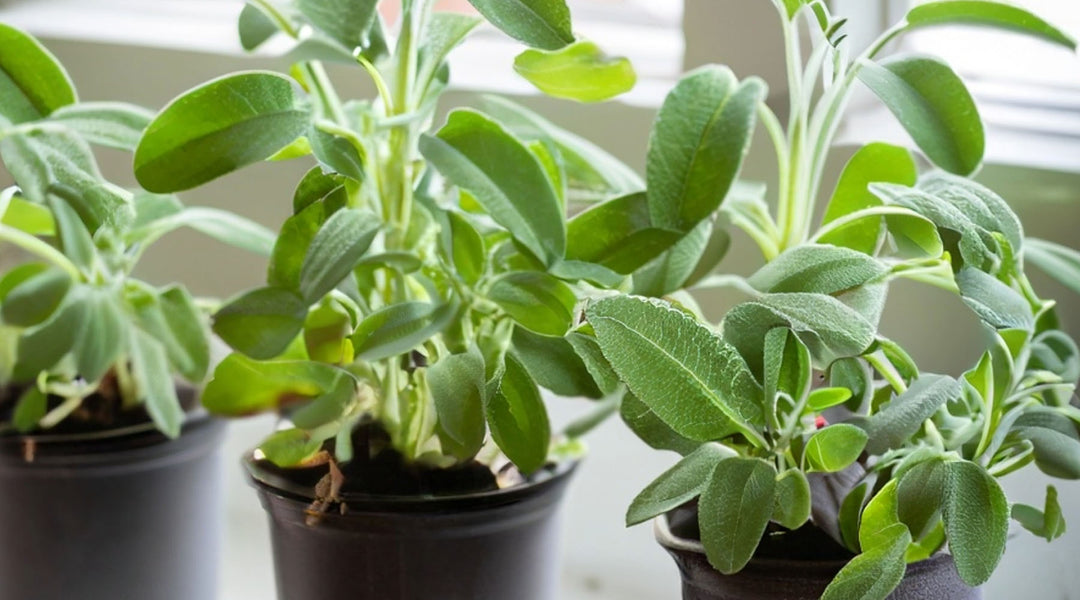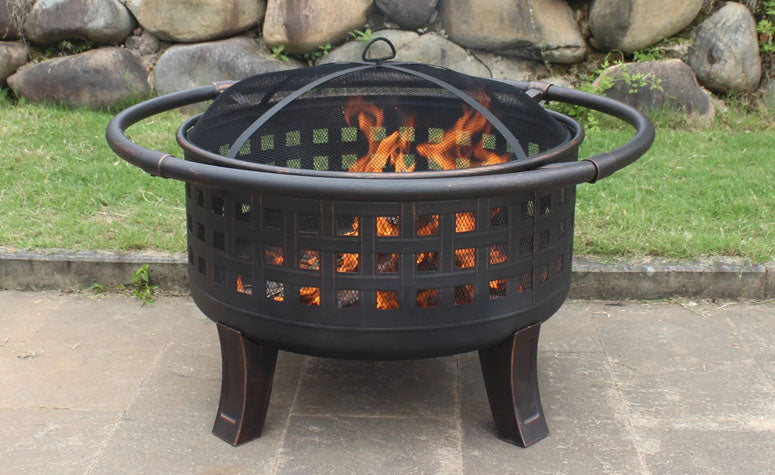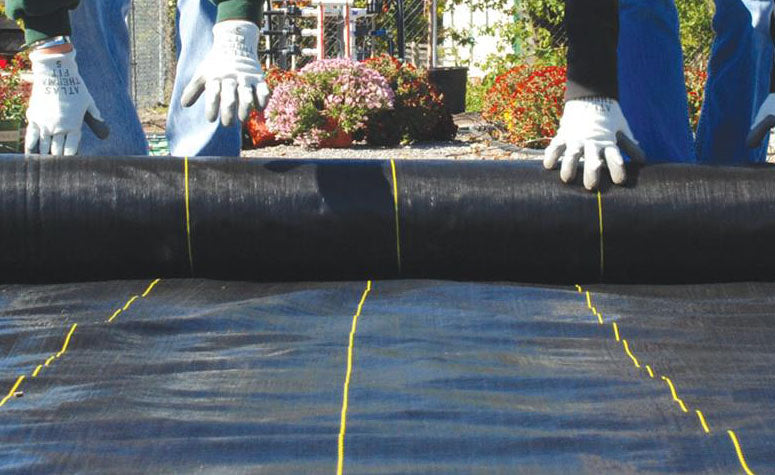Most people who have tried to grow anything know about compost and how great it is for the health of plants. Compost adds natural nutrients to your plants to help fertilize them during their growing and flowering process, and is a great amendment to soil that needs a little love and nourishment as well.
Compost can be purchased by the bag, but have you thought of your own? Sure, it can look a bit daunting and intimidating at first, but its is actually a very simple and natural process, and your only job is to simply help it along.
Ingredients
To make compost, you need three things: brown materials, green materials, and air. That’s it! Air is easy to come by, of course, so you just need to find the other two ingredients. Thankfully, these are basic household items. The brown and green materials do not refer to color, they refer to the make up of that particular material. For instance, brown materials are anything from sticks and leaves to straw and wood shavings, and even newspapers and cardboard (with no plastic left). I like to think of brown materials as things that are very dry. Green materials are items like grass clippings, fruit and veggie scraps, crushed up eggshells, and manure - easy enough to come by!
Location / Placement
You will need a space for the three ingredients to do their job and create compost. I have seen compost piles that are, true to the name, simply a pile. I have seen compost piles that are made of pallets. And I have seen and sold composters that are plastic and sit in a back yard. Any option works, so choose what is best for your area and needs. If you live on a farm like me, your compost pile may be a 3-sided box made of pallets, using the slats in the pallets for your air circulation. But if you live in town you may want to consider a composter or composting bin. Composting can be a bit... stinky. Sometimes, that attracts the wrong crowd, like rodents and pests, which is why I always suggest that my urban customers purchase a composter.
"Recipe"
Once you have or have created the vessel that will do the work, start combining your three key ingredients. You can do this all at once, and even add to it as time goes on. Once a week you will need to “turn” your compost pile. If it is a large one that is made from pallets or simply just a pile, a pitchfork, shovel, or tractor will do the job. If you have a composter or bin, some will have the luxury of a crank that will turn the compost for you, or, you may need to use a rake or small shovel to do this. Turning the compost allows oxygen into the compost materials, which speeds up the composting process and ensures everything breaks down equally. Compost can be created within a month and last up to one year, depending on the materials used and the unit you are making compost in.
Important To Note:
There are a number of things that you should not include in your compost, including: meat, bones, cat litter, pet droppings, dairy, grease, or baked goods. A good rule of thumb is if it isn’t something you would want to sit in your garbage for very long, don't use it.
These items may contain toxic chemicals as they break down. If manure is used, and it is a manure that is considered “hot” (horse, cow, chicken or pig), it needs to be about a year old OR do not plan on using your compost for a year. The term “hot” refers to the nitrogen level in the manure. High nitrogen levels will burn your plants, while year-old manure is safe to put directly in your garden and plant in because the nitrogen is substantially lower at this point.
If you need help choosing a unit, or have questions about the process, please feel free to reach out to one of our wonderful sales associates. We are always happy to help and walk you through ways to be successful growing plants!
- River S., Greenhouse Megastore Team





